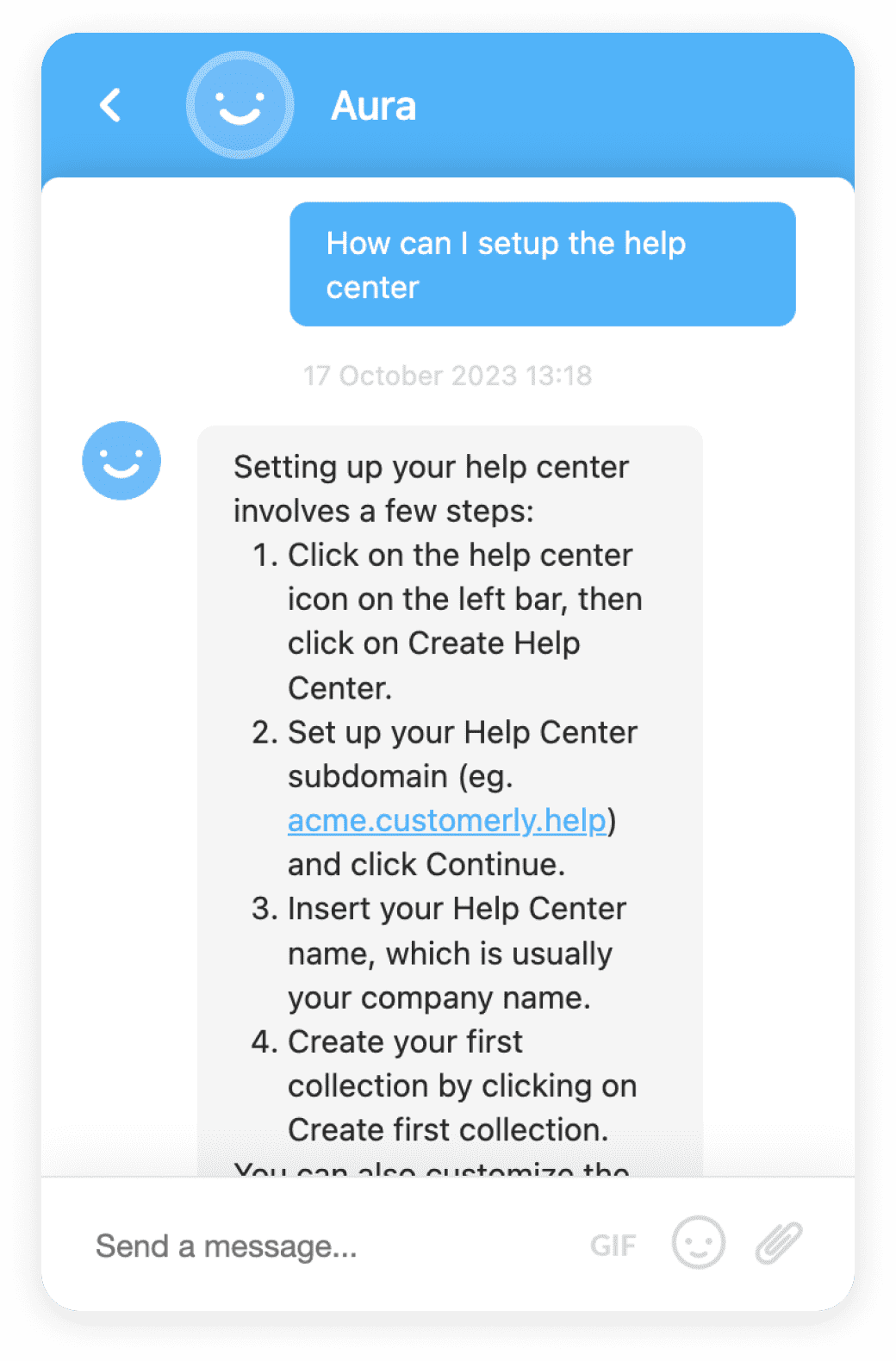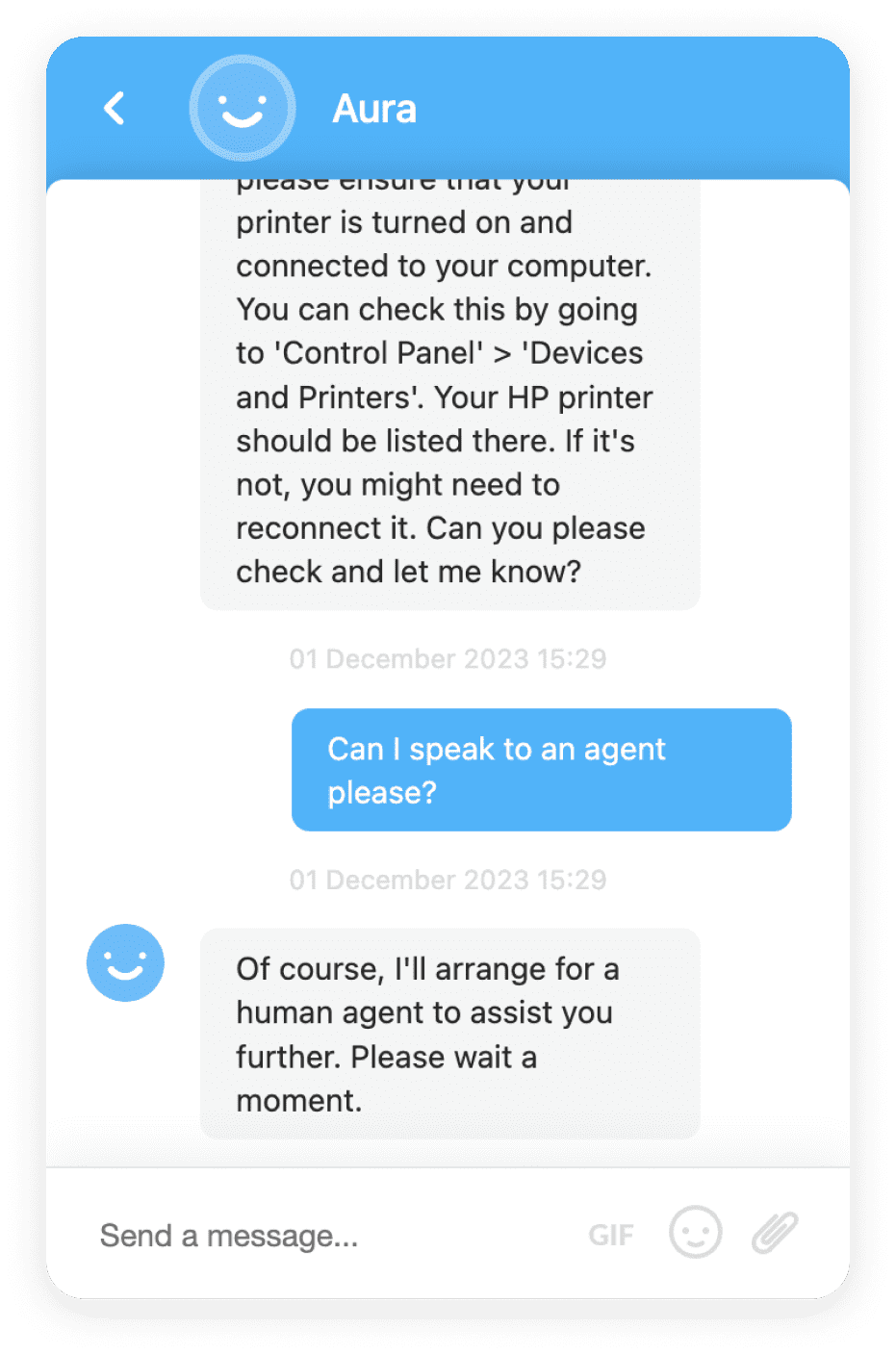Retention Rate Improvement
In-depth explanation of Retention Rate Improvement, its usage, benefits, and strategies to improve it.
Definition
Retention Rate Improvement refers to the strategies and efforts put in place to increase the percentage of customers who remain engaged with a product, service, or platform over a given period. It is a critical metric in customer lifecycle management and directly impacts a company's profitability.
Usage and Context
In today's competitive business environment, customer retention is as important as acquisition. Retention Rate Improvement is used across various industries, particularly in sectors like e-commerce, SaaS, and digital marketing. It is used to assess the effectiveness of customer engagement strategies and to make necessary adjustments to increase customer loyalty.
Companies typically measure the retention rate over specific periods, such as quarterly or annually, and aim to improve it by enhancing customer experience, offering loyalty programs, and providing excellent customer service.
FAQ
What is Retention Rate Improvement?
Retention Rate Improvement refers to the strategies and efforts put in place to increase the percentage of customers who remain engaged with a product, service, or platform over a given period.
Why is Retention Rate Improvement important?
It's important because a higher retention rate means more repeat customers, which can lead to higher profitability. It's typically cheaper to retain existing customers than to acquire new ones.
How can companies improve their retention rate?
Companies can improve their retention rate by enhancing customer experience, offering loyalty programs, and providing excellent customer service.
Related Software
Customer Relationship Management (CRM) software like Salesforce and HubSpot can help companies track customer interactions and improve retention rates. Additionally, analytics tools like Google Analytics can provide insights into customer behavior and help identify areas for improvement.
Benefits
The benefits of Retention Rate Improvement include increased customer loyalty, higher customer lifetime value, and improved profitability. It also provides companies with opportunities to upsell or cross-sell to existing customers, further boosting revenue.
Conclusion
In conclusion, Retention Rate Improvement is a critical aspect of customer lifecycle management. By focusing on retaining existing customers, companies can boost their profitability and establish a stable customer base.
Related Terms
Customer Engagement
Customer engagement refers to the interaction between a customer and a brand or a company, crucial for building strong relationships and improving business.Customer Engagement Analyst
A Customer Engagement Analyst is a professional who analyzes and improves the interactions between a business and its customers, driving customer satisfaction and business growth.Customer Engagement Automation
Customer Engagement Automation (CEA) is a method that leverages technology to automate customer interactions, enhancing customer engagement, satisfaction, and loyalty.Customer Engagement Director
A Customer Engagement Director is a professional who oversees a company's interactions with customers, develops strategies to improve customer engagement, and fosters customer loyalty.Customer Engagement Manager
A Customer Engagement Manager (CEM) is a professional role that focuses on fostering strong customer relationships and promoting customer loyalty.Customer Engagement Score
Customer Engagement Score is a metric used to measure the level of interaction a customer has with a brand, product, or service.Customer Engagement Specialist
A Customer Engagement Specialist is a professional who interacts with customers to enhance their experience and build customer loyalty.Customer Engagement Strategist
A Customer Engagement Strategist is a professional who develops strategies to improve customer engagement, leading to increased customer satisfaction and business growth.Customer Engagement Techniques
Customer Engagement Techniques are strategies businesses use to interact with their customers, promoting satisfaction and loyalty.Customer Lifecycle Management
Customer Lifecycle Management (CLM) is a strategy for managing the entire lifecycle of a customer, enhancing customer value and driving growth.Customer Loyalty
Customer loyalty refers to the likelihood of repeat customers choosing a specific brand or company over its competitors. It is beneficial for business growth and profitability.Customer Loyalty Analyst
A Customer Loyalty Analyst is a professional who interprets customer data to understand factors influencing loyalty, aiming to develop strategies that increase customer retention.Customer Loyalty Consultant
A Customer Loyalty Consultant is a professional who helps businesses improve customer retention and satisfaction, ultimately increasing revenue.Customer Loyalty Director
A Customer Loyalty Director is responsible for developing and implementing strategies to improve customer loyalty and retention.Customer Loyalty Manager
A Customer Loyalty Manager is a professional who manages customer retention and loyalty strategies to ensure customer satisfaction and boost business profitability.Customer Loyalty Specialist
A Customer Loyalty Specialist is a professional focused on maintaining and enhancing a company's relationship with its customers to increase customer satisfaction, retention, and loyalty.Customer Loyalty Strategist
A Customer Loyalty Strategist is a professional who develops strategies to foster customer loyalty, leading to increased business profits and growth.Customer Retention
Customer retention refers to strategies used by businesses to encourage repeat business and loyalty from their existing customer base.Customer Retention Specialist
A Customer Retention Specialist is a professional responsible for managing customer relationships and ensuring customer loyalty and satisfaction.How To Choose a Customer Engagement Platform
Learn how to choose a customer engagement platform that suits your business needs, considering factors like functionality, ease of use, integration capabilities, and cost-effectiveness.











